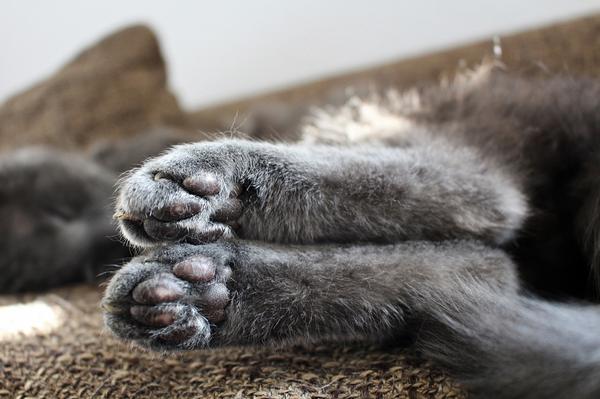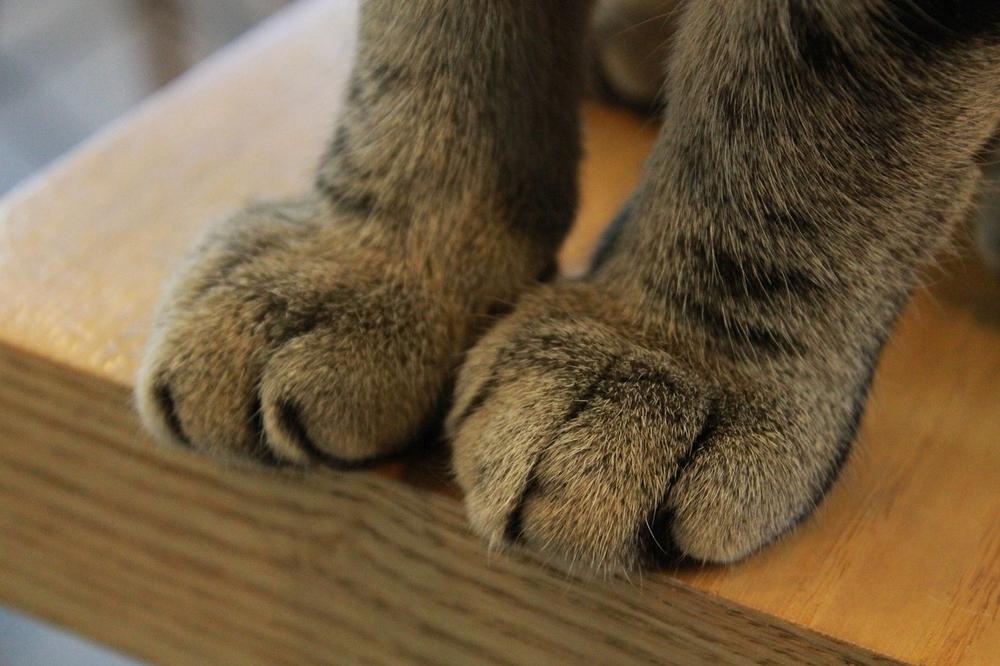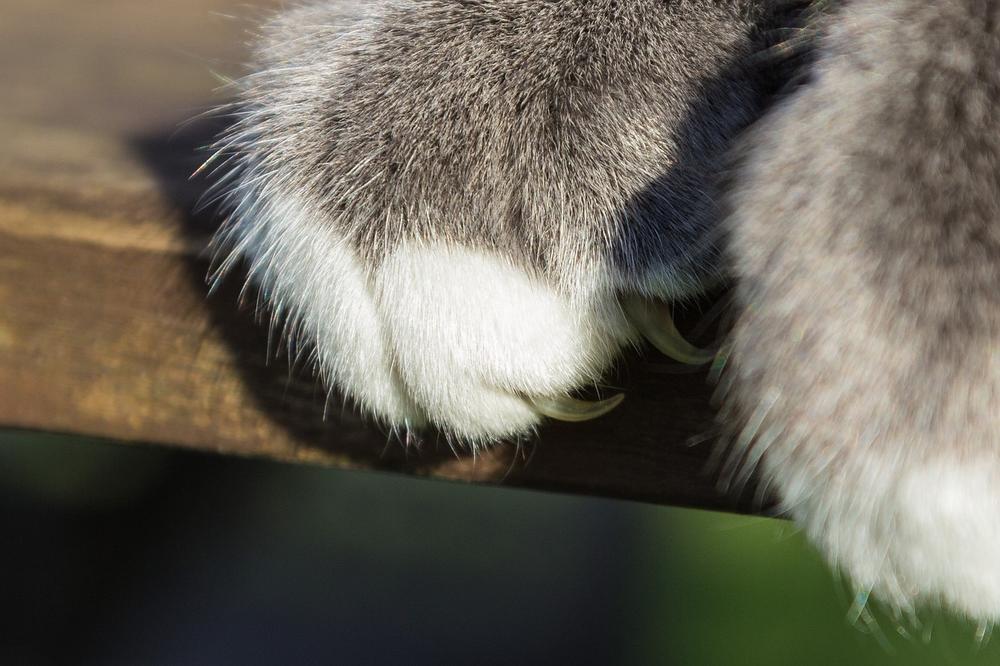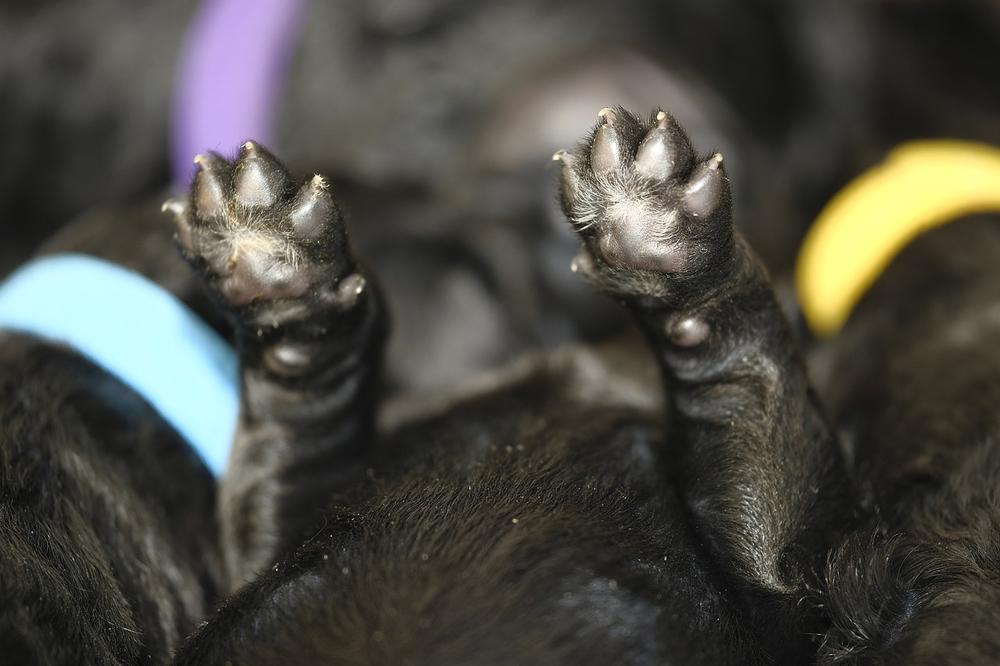Do Cat Claws Grow Back? Dumb Myths vs. Stone-Cold Reality

Are you worried sick about your cat's claws?
Do you lie awake at night, tossing and turning, haunted by the thought of a claw-less feline? 😱
It's a scary thought, I know.
But fear not, my friend.
I'm here to shed some light on this hairy (or should I say "claw-y") situation.
So, let's dive right in and find out if your cat's claws have the power to make a comeback.
Are you ready?
Let's embark on this intriguing journey together.
Do Cat Claws Regrow After Being Declawed?
Cat claws do not regrow after being declawed, as the procedure disrupts their natural ability to retract and extend their claws. However, in some cases, claws may creep back, especially with the guillotine method. If this happens, consult a vet for potential declaw repair surgery.
Can cat claws regrow after being declawed?
Think twice before you declaw your cat, my friend.
Once those claws are gone, they don't grow back like a Chia Pet with just a spritz of water.
But hold your horses!
There’s a catch here.
Cats have this magical ability to retract and extend their claws, like tiny little Wolverine claws.
Declawing screws up that natural system. When done correctly, Claws do not grow back when the procedure is performed correctly.
However, there are cases where claws actually creep back into your cat's life.
This phenomenon is more common with the guillotine method of declawing than a scissor-like method.

So what should you look out for?
If any tiny nails start emerging from your cat's paws, it's time to call your vet.
After all, those clever claws could prescribe some pain, and nobody has time for that.
Your vet can assess the situation and possibly perform declaw repair surgery if necessary.
Now, remember, not all cats bounce back as quickly as an energized bunny. The speed of claw regeneration depends on factors such as age, health, and diet.
Under normal circumstances, it takes around 6 to 8 weeks for new claws to fully grow in.
Keep calm and keep an eye on those claws, and hopefully, your furry companion will be back to their agile, claw-tastic self soon enough.
And if you're as curious as I am, you might also be wondering about another important question: Do cats' whiskers grow back if they are burned? Well, I have the answer for you in my blog post, Do Cats Whiskers Grow Back if They Are Burned.
Can a Declaw Be Reversed?
Although a declaw procedure cannot be fully reversed, there are ways to improve a cat's recovery and ability to use its paws.
Here are some techniques that can help:
- Physical therapy: Just like humans, cats can benefit from physical therapy after surgery. Special exercises and stretches can promote healing and restore function to the paws.
- Rehabilitation: Cats may need additional support during their recovery. Rehabilitation techniques, such as laser therapy or acupuncture, can aid in pain management and boost their overall well-being.
- Botched surgery repair: If the initial declaw surgery was unsuccessful or incomplete, there is hope. A specialized surgeon can perform repair surgery to correct any issues and minimize long-term complications.
- Behavioral support: Declaw surgery can sometimes lead to behavioral problems in cats. Working with a professional behaviorist can address these issues and help the cat adjust to life without claws.
While declaw surgery is considered irreversible, these techniques offer hope for improved functionality and quality of life for your feline friend. 😺
But what happens if a cat's claws are damaged or removed?

Can they still lead a comfortable and fulfilling life?
Well, the reality is that it can have significant implications for their all in all well-being.
In this next section, I'll delve into the potential discomfort and risks these cats face, and share with you some essential tips on how to alleviate their pain and promote healthy claw growth.
Trust me, you don't want to miss out on these crucial insights!
Caring for a Cat with Damaged or Missing Claws
To care for a cat with damaged or missing claws, take these 12 steps:
- Provide soft bedding and surfaces for comfort.
- Regularly trim your cat's nails to prevent further injury.
- Consider the growth rate of your cat's claws.
- Outdoor cats may require less frequent nail trims due to natural wear.
- Trim your cat's claws every two to three weeks for proper growth.
- Prevent overgrowth and reduce the risk of damage.
- Take into account factors like indoor living and age.
- Indoor cats typically need more frequent nail trims.
- Senior cats may require extra attention.
- Safely trim your cat's nails using toe massages and practice sessions.
- Seek professional help when needed.
- Injuries or torn-off claws can result in infections, requiring veterinary care.
But remember, declawing cats can have negative effects on their paw function, jumping ability, and cohabitation with other cats.
During the regrowth process, proper cleaning is essential to prevent infection.

Repeated claw removal or damage can impact a cat's balance and climbing abilities.
And now, let's explore an alternative solution that can address the complications caused by declaw surgeries...
Declaw repair surgery...
What Is a Declaw Repair Surgery?
Declaw repair surgery fixes issues that can arise from incomplete or poorly done declaw surgeries on cats.
This procedure involves reconstructive techniques such as tendon replacement, soft tissue grafts, or bone resection.

It's a solution to the problems that can happen after removing a cat's last toe bone during declawing.
If the initial procedure wasn't done properly, complications may occur.
Sometimes, the remaining parts of the nail or bone fragments can cause pain or discomfort for the cat.
In these cases, declaw repair surgery can help by addressing and resolving these complications.
What Happens if a Cat's Claw Is Removed Without Surgery?
If you're thinking of taking away a cat's claw, pay close attention. Here's what you need to know:
- Taking off a cat's claw the wrong way can cause a weird little nail to grow back, which will hurt like hell.
- If a declaw surgery messes up, there's a chance some of the claw remains and little useless nails start growing out of the paw directly.
- When claws are gone due to accidents or injuries, they might slowly start regrowing unless that base part called ungual crest is entirely taken out.
- Taking out a cat's claw on your own brings intense pain, bleeding, and the risk of nasty infections.
Listen up:
Only let a pro vet who knows their stuff handle claw removal for cats.
Messing it up could lead to ongoing problems and unnecessary pain for your furry pal.
Safer and Healthier Alternatives to Declawing
When it comes to avoiding the unnecessary and painful procedure of declawing your cat, there are plenty of better options.

Let me tell you about them:
- You can use soft nail caps, like Soft Paws, to protect your furniture without harming your cat's natural claw growth. They're safe and temporary!
- Instead of declawing, you can trim your cat's claws at home. Just remember to use the right tools and technique so you don't hurt their paws. Safety first, always!
- If your cat goes outside, keeping their claws intact is important for self-defense against other animals. So, say no to declawing and yes to preserving their claws!
- Need more choices? Put protective barriers on your furniture or try special claw caps for your cat. Both methods effectively prevent scratching damage.
- And don't forget to provide appropriate scratching surfaces for your cat! This allows them to naturally shed the outer layers of their claws. It's a win-win situation!
My friend, declawing is outdated and harmful.
Choose these safer and healthier alternatives instead.
Your cat will be grateful, and so will your furniture!
The Future of Cat Claws: A Recap
Summary of Summaries:
- Cat's nails grow back quickly after being removed or damaged.
- Declawing is considered a permanent solution, but regrowth is possible.
- Vet assessment and possible surgery may be necessary for regrowth.
- Claw regrowth time varies depending on age, health, and diet.
- Declaw surgery cannot be reversed or fully undone.
- Regular nail trimming is important for most cats.
- Factors like outdoor living and age affect the need for trims.
- Proper trimming techniques and seeking professional help if needed.
- Declawing adversely affects paw function, balance, and abilities.
- Declawing is unnecessary and banned in some countries.
- Trimming claws at home and using alternative options are recommended.
And that wraps up today's article.
If you wish to read more of my useful articles, I recommend you check out some of these: Why Does My Cat Have a Dry Nose, How Many Times Can a Cat Get Pregnant in a Year, Why Does My Cat Have a Saggy Belly After Being Spayed, Can You Shave a Cat to Get Rid of Fleas, and Can a Spayed Cat Nurse Kittens
Talk soon,
-Sarah Davis